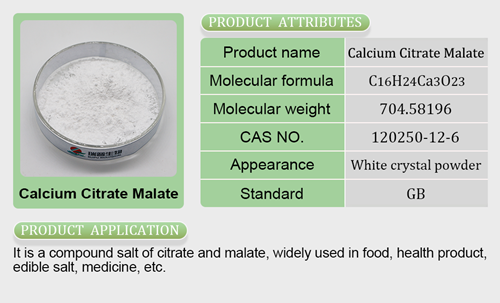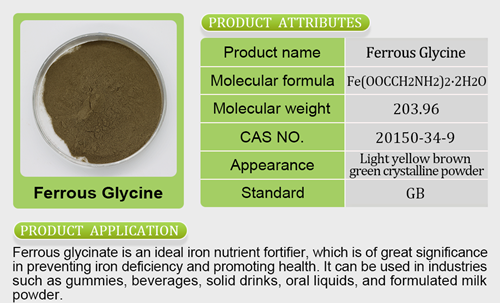Carrageenan set for slow growth due to perceived health risks
When it comes to controversial yet common food additives, carrageenan leads the pack. While it’s easy to get, fairly inexpensive and adds no taste to products, some have said it causes digestive issues. Consu mer activists, including farm policy group Cornucopia Institute and popular blogger “Food Babe” Vani Hari, have fought against use of the ingredient.###Studies published by the University of Chicago and the University of Illinois at Chicago in 2011 and 2012 indicated that carrageenan could cause gastrointestinal inflammation and lead to glucose intolerance, contributing to Type 2 diabetes. But other researchers have not been able to duplicate these findings. ###Cornucopia Institute has several pages on its website dedicated to carrageenan, including a collection of personal stor
mer activists, including farm policy group Cornucopia Institute and popular blogger “Food Babe” Vani Hari, have fought against use of the ingredient.###Studies published by the University of Chicago and the University of Illinois at Chicago in 2011 and 2012 indicated that carrageenan could cause gastrointestinal inflammation and lead to glucose intolerance, contributing to Type 2 diabetes. But other researchers have not been able to duplicate these findings. ###Cornucopia Institute has several pages on its website dedicated to carrageenan, including a collection of personal stor ies from people relating health problems they say were caused by the additive and a listing of products made without it. ###Food manufacturers and industry groups like the Grocery Manufacturers Association, on the other hand, support the continued use of carrageenan.###Carrageenan was dealt another blow in November when the National Organic Stanzinc gluconate or zinc picolinatedards Board (NOSB) voted that it should no longer be allowed in organic food. The NOSB makes policy recommendations to the U.S. Department of Agriculture, which will make a final decision on zinc glycinate gncit. Even though the ban is not finalized — and the NOSB’s justification for taking it off thezinc supplement india list was
ies from people relating health problems they say were caused by the additive and a listing of products made without it. ###Food manufacturers and industry groups like the Grocery Manufacturers Association, on the other hand, support the continued use of carrageenan.###Carrageenan was dealt another blow in November when the National Organic Stanzinc gluconate or zinc picolinatedards Board (NOSB) voted that it should no longer be allowed in organic food. The NOSB makes policy recommendations to the U.S. Department of Agriculture, which will make a final decision on zinc glycinate gncit. Even though the ban is not finalized — and the NOSB’s justification for taking it off thezinc supplement india list was  that other alternatives are available, not because of the reported health concerns — some manufacturers have backed azinc gluconate vs zinc picolinateway from the additive.###Deserved or not, the controversy surrounding carrageenan is unlikely to go away regzinc bisglycinat
that other alternatives are available, not because of the reported health concerns — some manufacturers have backed azinc gluconate vs zinc picolinateway from the additive.###Deserved or not, the controversy surrounding carrageenan is unlikely to go away regzinc bisglycinat e chelate benefitsardless of how many studies are done to try to show its safety. If the ingredient is booted from organic food — no matter the reason — the decision casts more of a shadow on the ingredient. It wouldn’t be surprising if demand continues to wane in the U.S., as well as other markets that tend to pay close attention to the healthfulness of their food.
e chelate benefitsardless of how many studies are done to try to show its safety. If the ingredient is booted from organic food — no matter the reason — the decision casts more of a shadow on the ingredient. It wouldn’t be surprising if demand continues to wane in the U.S., as well as other markets that tend to pay close attention to the healthfulness of their food.